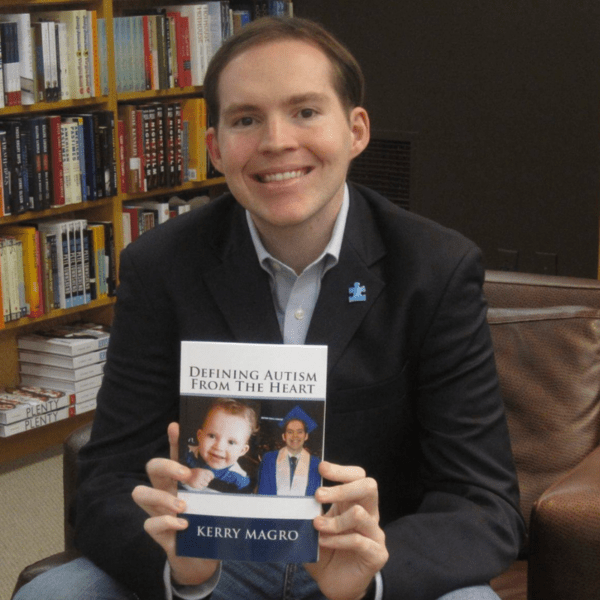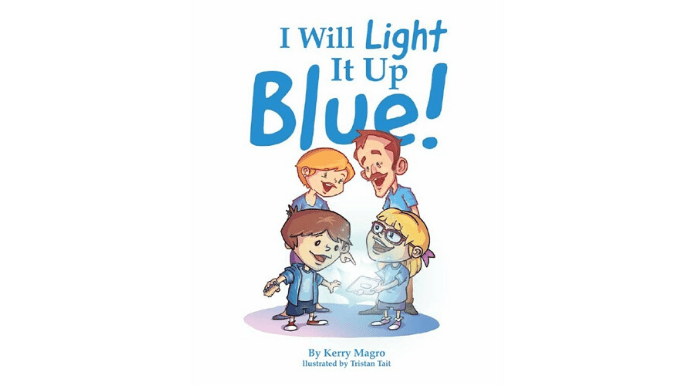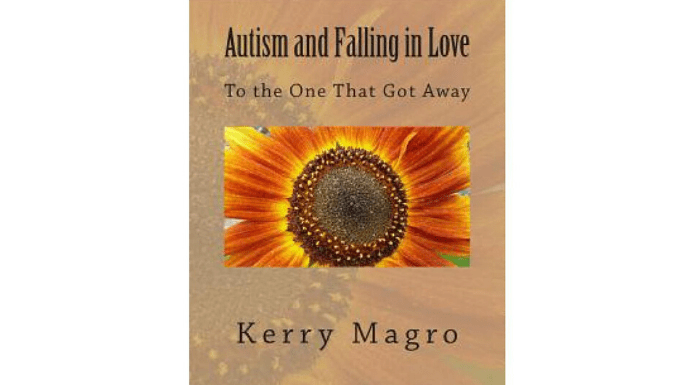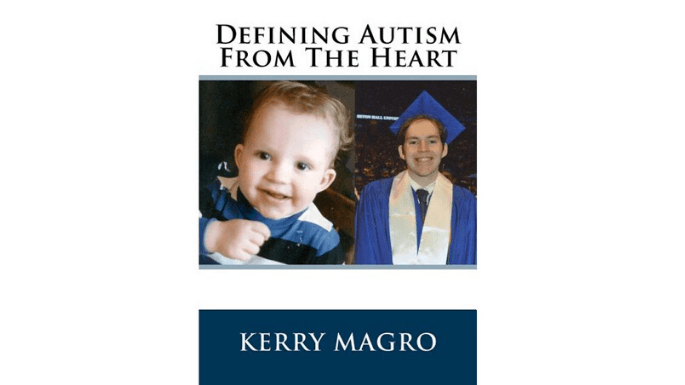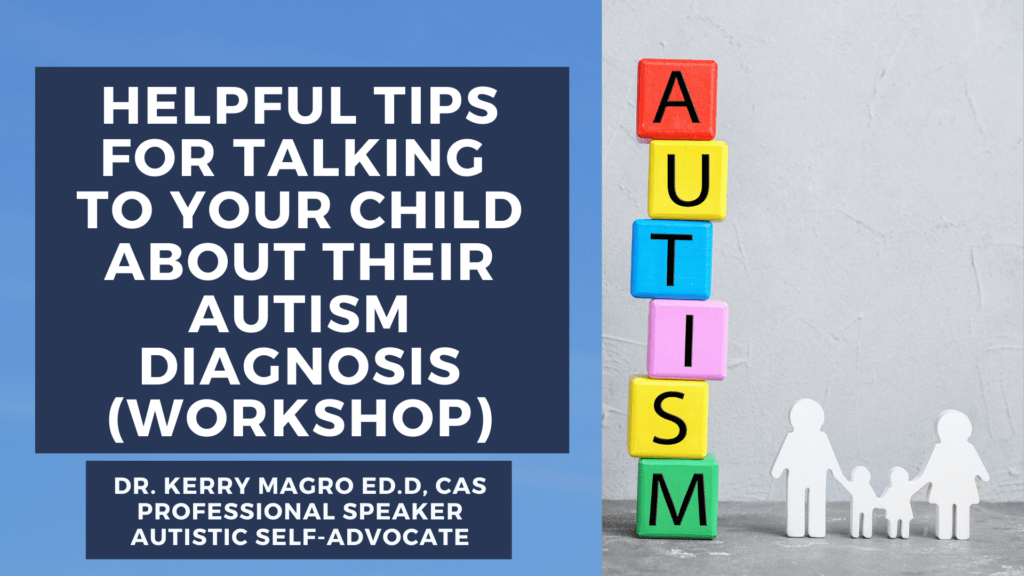As an autism consultant and autistic self-advocate, the closing of “How To Dance in Ohio” from Broadway elicits a profound sense of disappointment. This musical was not just a form of entertainment; it was a beacon of representation, a narrative that brought the experiences of autistic individuals into the spotlight through the medium of art and performance.
For the autism community, representation on stages like Broadway is vital. “How To Dance in Ohio” was groundbreaking in that it did not just tell a story about autism; it allowed the story to be told by autistic individuals themselves. The cast of seven autistic actors in leading roles provided an authenticity and depth to the performance that could not be replicated otherwise.
The importance of this cannot be overstated. When autistic individuals see themselves reflected in powerful narratives, it validates their experiences and challenges. In its short run, it has played a crucial role in advocating for inclusivity and diversity in casting and storytelling. It has set a precedent that I hope will not be an isolated instance but a stepping stone to more opportunities and platforms for autistic talent. Growing up with autism, without being involved in theater as a therapeutic outlet, I would not be the speaker I am today in my profession.
Sure, there may have been a few mixed reviews but that has been known for many plays just starting off. In addition, the struggle to connect with a broader audience are reflective of a larger challenge in my opinion: the need for society to embrace and support diverse stories and storytellers. With 1 in 36 having autism in the U.S. It’s a reminder of the work that still needs to be done to bring autism stories to the conversation.
The cast—Desmond Edwards, Amelia Fei, Madison Kopec, Liam Pearce, Imani Russell, Conor Tague, and Ashley Wool—alongside Broadway veteran Caesar Samayoa and Cristina Sastre, brought more than just their talent to the stage; they brought their truths.
I’d like to take a moment to applaud Director of HTDIO Sammy Darnold and Director of Community Engagement, Rebecca Leifman for taking the time to communicate with me and allowing me to take in a preview of the show late last year.
While “How To Dance in Ohio” may be closing, the conversation it has started must continue. The original Broadway cast album remains, a testament to the talent and stories shared. It serves as a call to action—to support, to listen, and to value the narratives of all individuals, including those on the autism spectrum.
As the Broadway community prepares for the new spring season, I hope that producers and audiences alike remember the importance of shows like “How To Dance in Ohio.” Let this not be an end but a start to significant autism representation moving forward.
Dr. Kerry Magro is an award-winning professional speaker, best-selling author and autism entertainment consultant based in New Jersey.




